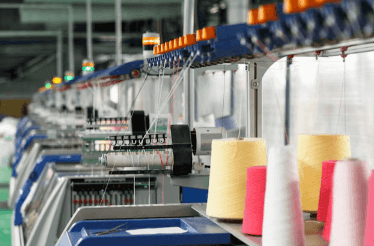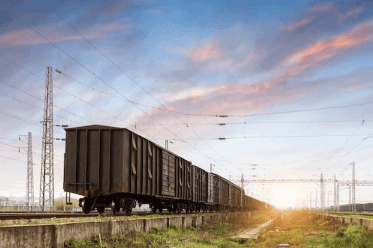Question
a.
saturated polyester
b.
polyurathane
c.
polystyrene
d.
either (b) or (c)
Interact with the Community - Share Your Thoughts
Uncertain About the Answer? Seek Clarification Here.
Understand the Explanation? Include it Here.
Q. Thermocole is a spongy, porous, rigid or flexible foamed plastic, obtained by blowing gas/air through molten
Similar Questions
Explore Relevant Multiple Choice Questions (MCQs)
Q. Styrene butadiene rubber (SBR) is
View solution
Q. Polycaprolactum is
View solution
Q. Dacron is a
View solution
Q. Polymethyl methacrylate (PMMA) which is also known as perspex and is produced by bulk polymerisation of methyl methacrylate is not a __________ polymer.
View solution
Q. __________ of SBR is adversely affected, if more quantity of styrene is added to butadiene during its co-polymerisation to produce SBR.
View solution
Q. Rexin (also called artificial leather), which is used for making table cover, automobile seat cover, shoes etc. is made by coating thick cloth with molten
View solution
Q. The starting material used for the manufacture of caprolactum is
View solution
Q. Nylon 6, 10 which is used for bristles making is superior to nylon 6, 6 due to its lower water absorption capacity, is a/an
View solution
Q. Styrene which is a monomer for the production of polystyrene, is commercially produced by the
View solution
Q. Polymers are classified into four categories namely thermosetting, thermoplastic, elastomer and fibre depending upon their
View solution
Q. Which of the following is not a natural fibre?
View solution
Q. Polyurathane can not be used to make
View solution
Q. Terylene is
View solution
Q. Cross linked polymers formed from bi-and trifuctional groups in which cross-linkage in three dimensions via few chemical bonding across linear chains occur imparts to the polymer __________ properties.
View solution
Q. Bakelite (phenol-formaldehyde) resin can not be used as
View solution
Q. Adipic acid is an intermediate in the manufacture of
View solution
Q. Softening point of high density polythene is about __________ °C.
View solution
Q. Polymerisation of poly functional monomers produces polymers having
View solution
Q. Most of the fibre forming polymers are crystalline in nature, one of the exceptions being __________ which is amorphous in nature.
View solution
Q. Which of the following is an inorganic polymer ?
View solution
Recommended Subjects
Are you eager to expand your knowledge beyond Basic Chemical Engineering? We've handpicked a range of related categories that you might find intriguing.
Click on the categories below to discover a wealth of MCQs and enrich your understanding of various subjects. Happy exploring!








